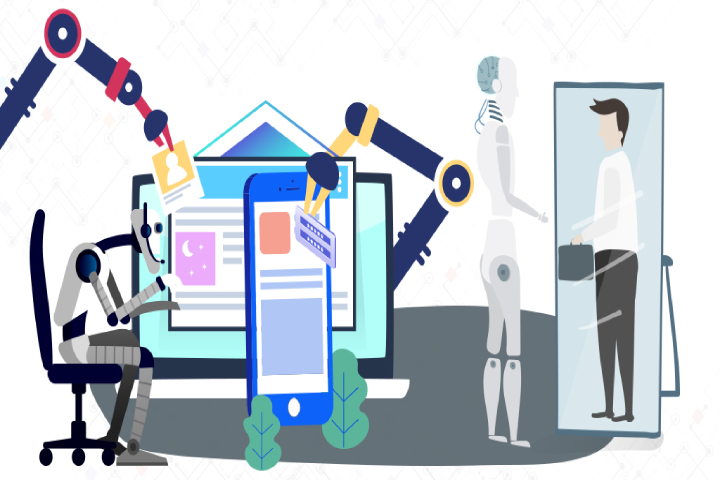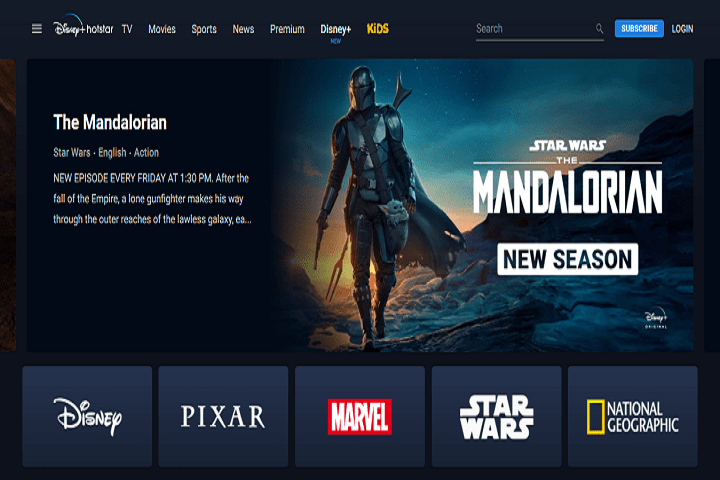Artificial Intelligence (AI)
Artificial intelligence (AI): Friend or Foe to Future Designers?
Artificial intelligence: Friend or Foe To Future Designers, Artificial Intelligence assisting designers with suggestions based on either past work.

Ever since the late ’50s, we have thought of Artificial Intelligence as some kind of a monster hell-bent on stealing jobs, dominating mankind, and turning around our lives as we know them. To be frank, movies and books don’t help the case either.
The reality, of course, is quite different. AI is already a major part of our lives and not in the form of emotionless, hostile robots set out to on mass massacres. Every time you look something up on Google and the suggestions guess it for you, AI is behind it. Every time you casually converse with Siri, it is AI serving you under the guise of a human voice.
So is the case with every voice recognition software, content optimization software, smart home device, fitness app, and so on. Of course, we don’t usually associate all these AI-powered technologies with cold, calculating, robotic masterminds. We usually view them more as facilitators, making life and daily life functioning easier.

The real question, though, is whether AI will be able to replace us. Especially now that it is getting to know our likes and dislikes more than ever? Will Artificial Intelligence be able to do complicated tasks such as designing once it learns how we think? And, above all, as the best tech advisors opine, is the future we had envisioned?
Table of Contents
1. The hysteria of AI replacing designers
By 2025, the market revenue generated from Artificial Intelligence-based software is expected to be $118.6 billion. Right now, in 2019, it is $14.69 billion. From this statistic, it is clear AI is not going to budge – why would it? After all, it has made so many menial and complicated tasks alike so easy for us.
AI has affected multiple industries at once, the majority of them heavily reliant on software programs for their functioning. In the past, the belief that artificial intelligence and machines can only replace humans in simple, repetitive tasks used to let many people sleep peacefully at night.
But as artificial learning continues to achieve feats such as creating music and designing packaging for big-name companies like Nutella, we are forced to reconsider our stance. These are tasks that involve creativity and social intelligence; they were previously considered to be out of the scope of artificial intelligence and machines. But from the looks of it, not anymore.
The most obvious question that concerns designers and creative professionals alike is the age-old, and unanswered: will AI be able to take over designing jobs?
2. AI: the eliminator or the facilitator?
Is your computer capable of replacing you in the future? Can it create designs equally creative as yours or better? Or will it always be dependent on instructions from you? Let us dissect the hype that seems to be surrounding Artificial Intelligence, and its contributions – both in the present and in the future – in the design industry.
Intelligence with cognitive abilities
The foundation of human cognition is built upon core components such as object, shape, and color recognition. Various applications and software programs have already been developed to mimic these human-like abilities. These devices are capable of receiving input that of the major five senses, processing it, and storing it for later retrieval.
With systems just capable of these cognitive abilities there is already so much they can do, two brilliant examples being IoT and augmented reality. Building upon this existing technology, in the future one can easily expect real-life and real-world-inspired designs produced by AI based on the information they store from their surroundings.
Considering AI memory is nearly permanent unless deliberately destroyed, one can also expect the designs of the future to have greater depth and emotion in them – just the way a human would create.
Working within the context
Machine learning has been associated with algorithms that do not ‘think’ on their own. This reliability on humans for updates provided a safety net of sorts to many people and at the same time ensured there weren’t many applications in the design industry. A machine could not come up with a unique logo design without any guidance because it simply could not understand the contextual boundaries. Contextual boundaries primarily require social and emotional intelligence.
This is not the case with AI. Laden with information and specifically designed to understand the context, the AI of the future will be able to make changes in areas such as colors or give improved suggestions to designers to better match the contextual setting.
Improved personalization of content
Whether it is web designers or graphic designers, both have to take into account the preferences of their clients. This includes fine-tuning everything – typeface, style, colors, content – to best fit their client’s organization. Numerous possibilities immediately spring to mind:
- Artificial Intelligence assists designers with suggestions based on past work, data from thousands of niche competitors, information fed to it about the client, and so on.
- Creation of unique designs in areas such as logo and website design where creativity and personalization stand out.
- Generating variants of already created designs to be used in marketing campaigns.
Improved personalization will, in turn, lead to better user experience and satisfaction for the client as they receive products that are more and more tailored for their businesses and corporations.
Dynamic content across platforms
When you scroll through the feed of your social media, most of what pops up will be according to your liking. The more you interact with the content on your feed, you will come to realize the better it gets at showing what you like. This optimization of content is ever-improving, ongoing work. Right now it is limited to content mostly on different platforms.
What if it could be applied to website layouts and designs in the future? As Artificial Intelligence increasingly improves in designing, it wouldn’t be too much of a stretch to expect websites and apps to transform themselves based on the type of user. By accessing information about your preferences, dynamic websites, apps, and such could tweak their layout and user interface designs to transform your user experience.
We understand designing a website is a long process but it could be greatly shortened if AI – which is exponentially faster than humans – could be employed to create design variants either from scratch or based on an existing template.
3. The verdict
To put it straight, we don’t think AI will make future designers obsolete. If you were picturing a future where business moguls are giving design instructions to robots, we doubt that is how it will turn out. Although, your clients may be conversing with a chatbot to submit their order soon – if they aren’t already.
There are several reasons why we think Artificial Intelligence cannot replace humans even if it learns to better understand how emotions and society works. For starters, up till now, artificial intelligence has only facilitated the process and not replaced it. The focus has been directed toward optimization and speeding up the process rather than replacing humans entirely. We can expect this trend to be more prominent in the future.
Even if it were able to replace sometime in the future, a human with knowledge of design would be needed to approve the result. No matter what, somewhere along the manufacturing of design human interference is needed. The decisions carried out at such points would probably be based on desires, motives, and biases unique to humans only.
4. What will the future of design look like?
If we don’t expect unfeeling Artificial Intelligence to replace us anytime soon, what is the future going to look like? There are a lot of speculations involved; whatever the future holds, we at least know that it will be transformed.
5. Expect to be a design curator
The major difference between AI and machine learning is that rules and information about tasks such as games do not need to be codified. In gaming, for example, AI learns to play through the cognitive information it receives. This means it gradually learns the nitty-gritty and improves the more it plays.
If we direct this technology to the design industry, we can see AI producing better and better designs over time. With the speed that comes along with a computer, this period will be short, meaning designers can get hundreds and thousands of impressive designs in no time. From the results obtained, they only have to pick the best and pass them on to the client for approval.
6. Better, cheaper designs
As more and more people get to display their creativity with these advanced design tools, it only makes sense to assume designs will get cheaper. At the same time, we can also expect designers to direct their efforts toward unexplored avenues with the assistance provided by their artificial counterparts. As design becomes more accessible, the demand for exceptional designers will increase as they become more acclaimed.
7. Amplification
Concluding, we will say the future of AI in the design industry will not be a replacement. Rather, it will be an amplification of existing creativity, better problem-solving, and optimization. Don’t expect to be replaced by AI, rather expect to be assisted by one very soon.
Helpful Resources:
1. 16 Best (free) AMP – (Accelerated Mobile Pages) WordPress Plugins
2. Do Human Translators Have a Reason to Be Afraid of Advancing Technologies
3. Artificial Intelligence And Its Demands To The Programmers
4. The Future Of Furniture Shopping: Augmented Reality Apps
5. How Augmented Reality Will Change The Future Of the Design Industry
-

 Instagram4 years ago
Instagram4 years agoBuy IG likes and buy organic Instagram followers: where to buy them and how?
-

 Instagram4 years ago
Instagram4 years ago100% Genuine Instagram Followers & Likes with Guaranteed Tool
-

 Business5 years ago
Business5 years ago7 Must Have Digital Marketing Tools For Your Small Businesses
-

 Instagram4 years ago
Instagram4 years agoInstagram Followers And Likes – Online Social Media Platform















